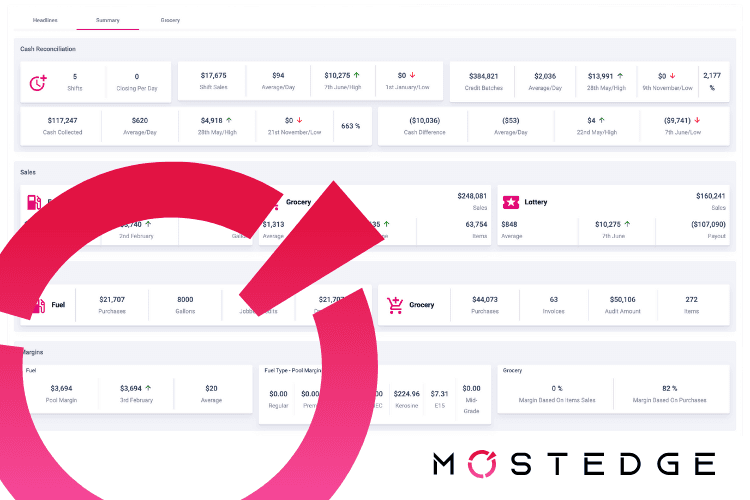Managing Rising Q4 Fuel Prices to Maximize Store Profits

Fuel Prices Expected to Rise in Q4: How C-Stores Can Offset Costs
Fuel prices are projected to rise in the fourth quarter of 2024, creating challenges for gas station owners. As fuel consumption increases during peak travel seasons and economic factors drive up gasoline prices, c-stores will feel the pressure on profit margins. To maintain profitability, convenience store owners must adopt effective fuel pricing strategies and optimize fuel inventory management to stay competitive.
Understanding Q4 Fuel Trends
Historically, the fourth quarter sees a seasonal increase in fuel prices, driven by higher demand, supply chain fluctuations, and market uncertainties. As gasoline prices rice by a few cents per gallon, the average convenience store could experience shrinking margins if fuel sales aren’t optimized. To protect profitability, it’s crucial to implement a fuel pricing strategy that balances customer retention with profitability.
Strategies to Offset Rising Fuel Costs
While c-stores can’t control external market forces, they can implement smart strategies to mitigate the impact of rising fuel prices. Here are key approaches to help manage fuel costs and maintain store profit.
- Fuel Price Optimization: Adjusting fuel prices in real time based on market conditions can help maximize revenue. C-stores can use a fuel management system like mercury|One to analyze trends and set competitive prices that protect the net profit margin while attracting customers.
- Inventory Management: Efficient fuel inventory management is crucial to avoid overstocking or running low on fuel. mercury|One’s fuel management system offers real-time tracking of fuel usage, helping stores optimize fuel orders, reduce costs, and avoid fuel waste.
- Cross-Promote In-Store Sales: During times of high fuel prices, many c-stores see a decline in fuel sales, which can hurt overall profitability. To offset this, focus on cross-selling popular convenience items in-store, offering deals that encourage customers to make additional purchases when they come in for fuel.
- Monitor Seasonal Trends: Understanding Q4 fuel trends and preparing for seasonal price increases can help with proactive inventory and pricing decisions. This foresight allows c-store owners to capitalize on fuel sales when prices stabilize and protect margins when prices rise.

mercury|One: The Fuel Management Solution for C-Stores
Managing rising fuel costs effectively starts with a solid fuel management system. mercury|One is designed to help c-store owners navigate fuel price optimization and improve store profitability. Key features include:
- Fuel Price Optimization: Set competitive fuel prices that respond to market trends in real time.
- Fuel Inventory Management: Monitor fuel levels and usage to avoid over-purchasing or running out of stock, ensuring efficient operations.
- Fuel Sales Reporting: Track and analyze fuel sales to make informed pricing and inventory decisions that support overall store profit.
Preparing Your C-Store for Q4 Fuel Price Increases
With rising fuel costs expected in Q4 2024, it’s essential to optimize fuel sales and manage your fuel inventory efficiently. By leveraging a system like mercury|One back office, c-stores can better navigate fuel pricing challenges, boost overall profitability, and drive in-store sales during high-demand periods.



